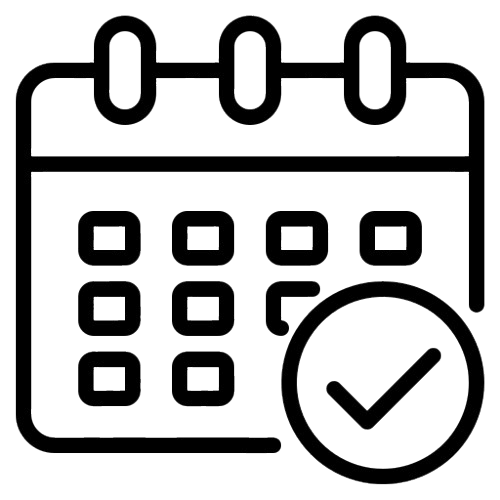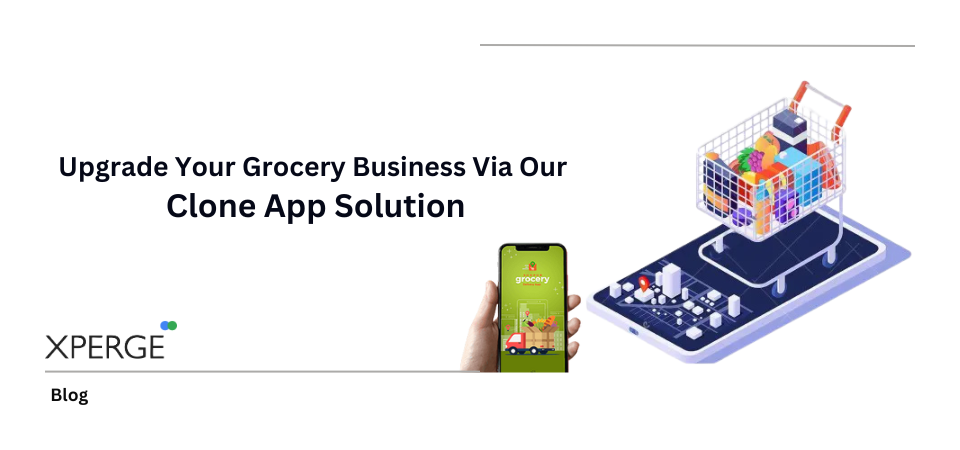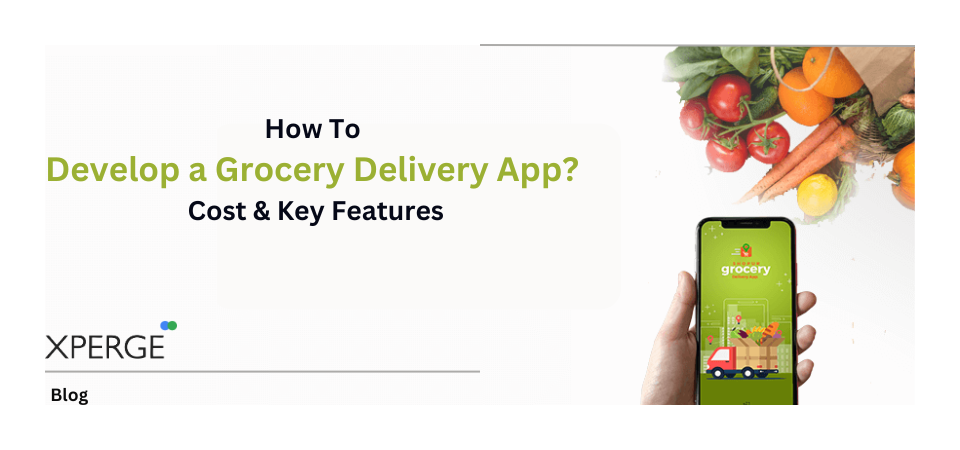Introduction
The food delivery industry has seen exponential growth, with apps like Talabat transforming how people order food. If you’re considering building an online food delivery app like Talabat, this guide will walk you through the key steps, challenges, and strategies to make your app successful.
Top 5 Key Takeaways
- Choosing the Right Business Model – Select a model that fits your target audience and operational capabilities.
- Essential Features Matter – User-friendly interface, real-time tracking, and secure payments are must-haves.
- Technology Stack Defines Performance – Use robust technologies for seamless app functionality.
- Monetization Strategies Drive Revenue – Commission-based fees, subscriptions, and ads can help generate income.
- Marketing and Branding Are Crucial – A well-planned launch and ongoing promotions ensure sustained growth.
Understanding the Food Delivery Business Model
Before starting development, it’s crucial to understand different business models for food delivery apps:
1. Marketplace Model
The marketplace model is a widely used approach in food delivery apps, where the platform acts as an intermediary between customers and restaurants. The app provides a digital space where users can browse restaurant menus, place orders, and make payments. However, in this model, the restaurants handle their own delivery using their in-house staff or third-party delivery services.
Pros:
- Lower operational costs since the app doesn’t manage deliveries.
- Restaurants prefer this model as they maintain control over food quality and delivery experience.
- Easier to scale as more restaurants can be onboarded without logistical overhead.
Cons:
- Inconsistent delivery experiences due to different restaurant policies.
- Higher dependency on restaurants to ensure timely delivery and customer satisfaction.
Example:
Apps like Zomato (in some regions) follow this model by acting as a marketplace for food orders without handling deliveries.

2. Aggregator Model
The aggregator model is similar to the marketplace model but with one major difference—the platform itself manages the food delivery. The app provides a fleet of delivery personnel who pick up the food from restaurants and deliver it to customers.
Pros:
- Ensures standardized and reliable delivery services.
- Provides better customer service since the platform has direct control over logistics.
- Allows for real-time tracking of delivery, improving transparency.
Cons:
- Requires a significant investment in hiring, training, and managing delivery drivers.
- Higher operational costs due to fleet management.
- Complex logistics and route optimization challenges.
Example:
Apps like Talabat, Uber Eats, and DoorDash follow this model by handling food delivery with their own drivers.

3. Cloud Kitchen Model
The cloud kitchen model (also known as virtual kitchens or ghost kitchens) is a delivery-only restaurant model where food is prepared in a commercial kitchen without a physical dine-in option. These kitchens rely entirely on food delivery platforms or their own app for order processing.
Pros:
- Lower overhead costs as there’s no need for restaurant space or waitstaff.
- Can optimize operations for delivery, ensuring faster and more efficient service.
- Allows for running multiple virtual restaurant brands under one kitchen.
Cons:
- Requires strong marketing efforts as there is no walk-in customer base.
- High reliance on food delivery apps, leading to commission-based costs.
- Limited customer interaction, making it harder to build brand loyalty.
Example:
Brands like Rebel Foods (Faasos), CloudKitchens, and Kitopi operate cloud kitchens where food is only available through online ordering.
Restaurants operate without dine-in options and rely solely on delivery.

Key Features of a Food Delivery App Like Talabat
User-Friendly Interface
A seamless interface ensures users can browse, order, and pay effortlessly.
Real-Time Tracking
Allows users to track their food delivery in real-time using GPS technology.
Secure Payment Integration
Support for multiple payment gateways like credit cards, wallets, and cash on delivery.
Restaurant and Menu Listings
Users can explore different restaurants, cuisines, and dishes before placing an order.
Push Notifications
Keeps users informed about order updates, discounts, and promotions.
Order History and Reordering
Enables users to view past orders and reorder with a single tap.
Technology Stack for Building a Food Delivery App
A robust technology stack is required for seamless functionality:
- Frontend: React Native, Flutter, Swift (for iOS), Kotlin (for Android)
- Backend: Node.js, Django, Ruby on Rails, Firebase
- Database: PostgreSQL, MongoDB, Firebase Realtime Database
- Payment Gateway: Stripe, PayPal, Razorpay
- Geolocation & Mapping: Google Maps API, Mapbox
- Cloud Hosting & Deployment: AWS, Google Cloud, Microsoft Azure
- Push Notifications: Firebase Cloud Messaging (FCM), Twilio, OneSignal
Step-by-Step Guide to Building an Online Food Delivery App
- Market Research and Planning – Identify your target audience and competitors.
- UI/UX Design – Create wireframes and user-friendly layouts.
- App Development – Implement both frontend and backend development.
- Testing and Debugging – Ensure a bug-free experience before launch.
- Launch and Marketing – Promote your app via digital marketing channels.
Essential Monetization Strategies
- Commission-Based Model – Charge restaurants a percentage of each order.
- Subscription Model – Offer premium features for a monthly fee.
- Delivery Fees – Charge customers based on distance or order value.
- Advertisements and Promotions – Allow restaurants to run ads on your platform.
How to Make Your Food Delivery App Stand Out?
- Provide faster delivery options
- Offer loyalty rewards
- Integrate AI-powered recommendations
Challenges in Developing a Food Delivery App
- High competition – Standing out among established brands.
- Delivery logistics – Managing timely deliveries.
- Customer retention – Ensuring long-term user engagement.
Timeframe for Developing a Talabat-Like App
- Planning & Research: 1-2 months
- Development & Testing: 4-6 months
- Launch & Marketing: 1-2 months
Conclusion
Building an online food delivery app like Talabat requires careful planning, development, and marketing. With the right strategy, your app can compete with industry giants and attract loyal users.








